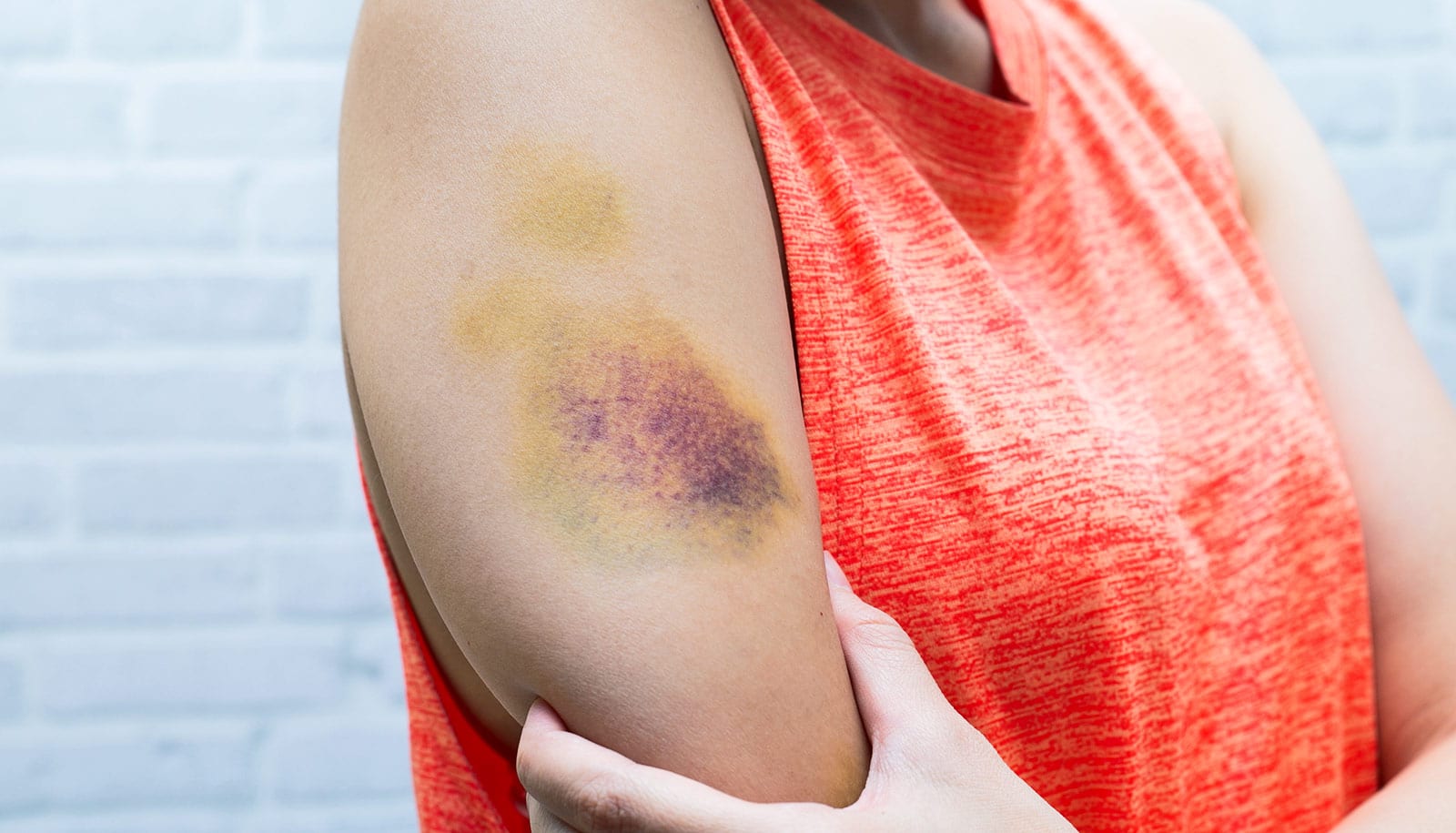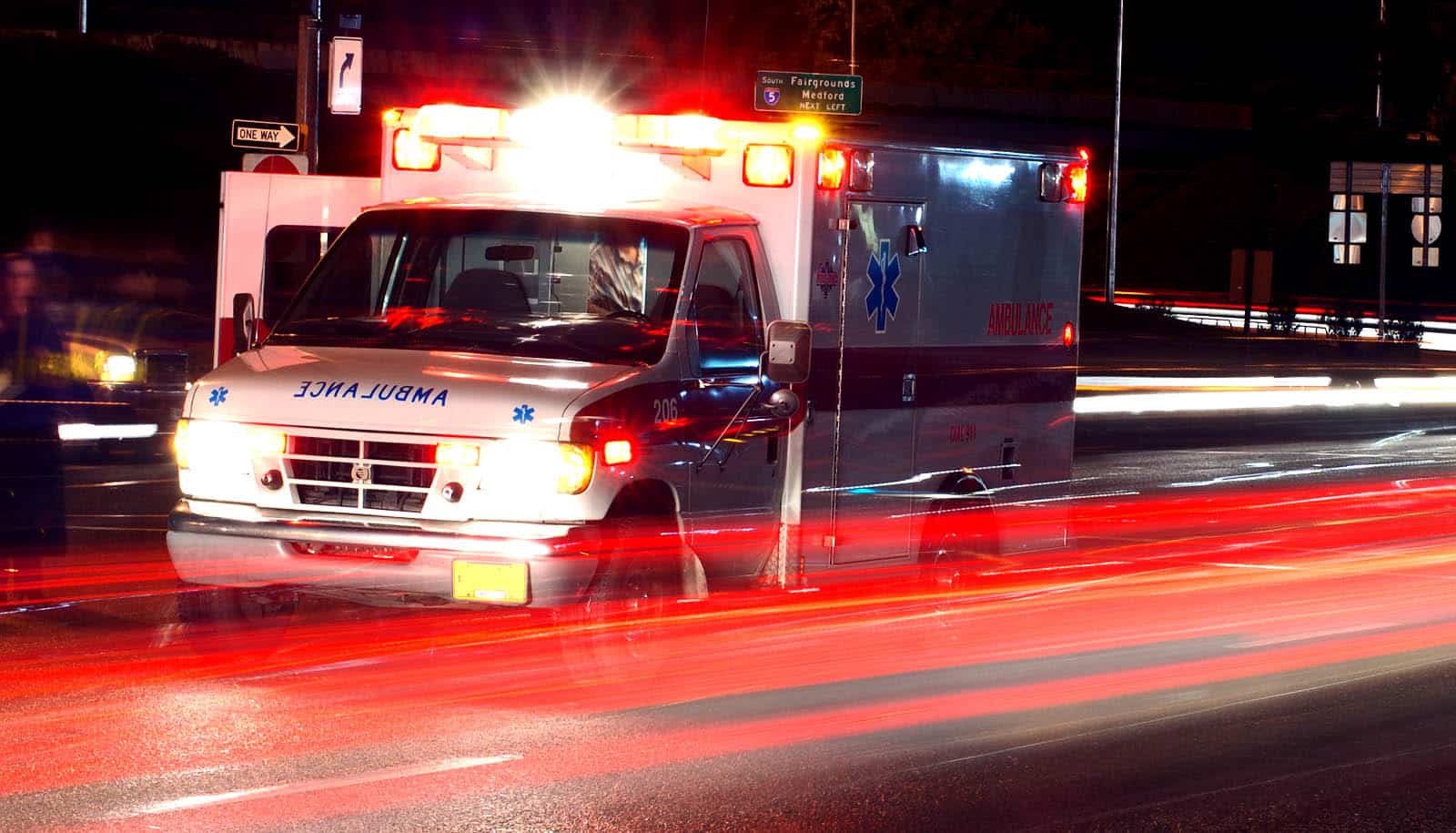Deaths during pregnancy and the first year postpartum increased by 35% in the first nine months of the pandemic compared to the prior year, according to a new study.
The research found that deaths due to drugs, homicides, obstetric causes, and motor vehicle accidents all increased by 25%-55% during that period.
Only pregnancy-associated suicides declined during 2019-20, says study lead author Claire Margerison, an associate professor of epidemiology and biostatistics in the Michigan State University College of Human Medicine.
“We suspect these deaths are just the tip of the iceberg in terms of morbidity and suffering due to mental health, intimate partner violence, and substance use during pregnancy and postpartum,” says Margerison, a population health scientist in the epidemiology and biostatistics department. “These causes of death have been increasing over time, but it appears the pandemic exacerbated the ongoing upward trend in these deaths.”
For the study, published in JAMA Network Open, the researchers looked at death certificate records between 2018-20 of female US residents ages 15 to 44. The certificates have a standardized pregnancy box asking whether the decedent was pregnant at the time of death, within 42 days of death, or between 43 days and one year of death. All three categories were included as pregnancy-associated deaths. After calculating the pregnancy-associated death ratio, which previous studies had looked at, the researchers also looked at causes of death.
According to the report, the overall pregnancy-associated death ratio in 2020 was 66.9 deaths per 100,000 live births, an increase of 35% from the previous year. In that period, deaths due to drugs increased 55%; homicides by 41%; obstetric causes by 28%, and other causes (primarily motor vehicle accidents) by nearly 57%.
“Pregnancy is considered a window of opportunity for screening and prevention related to physical, mental, and behavioral health,” Margerison says. “Our data suggest that such opportunities were missed for hundreds of families during the pandemic.
“There is a critical need for prevention and intervention efforts—including harm reduction strategies—tailored to pregnant and postpartum people, particularly during times of population stress and decreased utilization of preventive care, such as a pandemic.”
Margerison says the study adds to the growing literature showing the impact the pandemic had on pregnancy-associated deaths, and that the team is planning on looking at other demographic patterns such as location and race/ethnicity to see how the pandemic affected different populations.
“We know that there are substantial and persistent inequities in these deaths by race and ethnicity,” Margerison says, adding they also are looking to better understand the pandemic’s impact on pregnant people.
“We’re looking at other data sets to understand how many people are going into emergency departments for similar issues or how many people are getting care in an outpatient setting. We want to understand the magnitude of the iceberg underneath the surface,” she says.
Additional coauthors are from Michigan State; the University of California, Merced; and Johns Hopkins University.
Source: Michigan State



